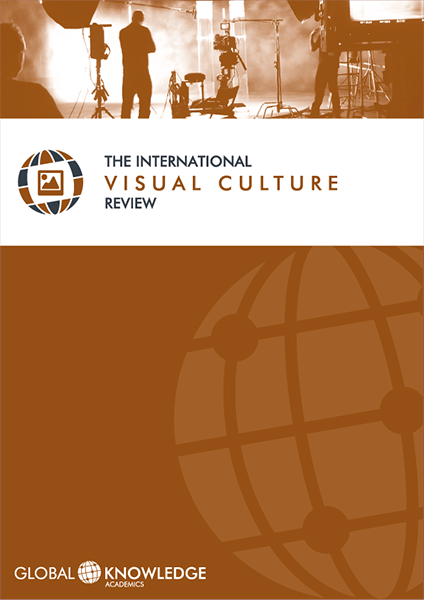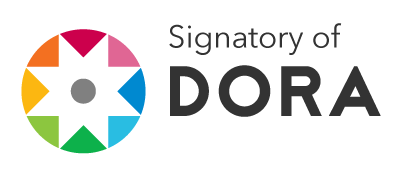New Media Narratives and Visualization as an Alternative to Traditional Media: Youtuber Barış Özcan Sample
DOI:
https://doi.org/10.37467/gka-visualrev.v1.1751Keywords:
New Media, Digitalization, Storytelling, Narrative, Visual CultureAbstract
The traditional storytelling has begun to disappear, as the modern culture seizes every aspect of life (Ramsden and Hollingsworth, 2017: 14). The narrators began to take the place of digital media such as photography, cinema, television and internet. At the same time, basic cultural periods in communication can be handled in five different ways. These; Oral culture, written culture, printed culture, electric and electronic culture were finally added to these cultures or periods Digital culture, different media tools were introduced in the forms of communication between people and people (Baldini, 2000: 6). The traditional storytelling that started in the oral culture period has been moved to a different dimension with the applications on the web during the digital culture period. Thus, storytelling has experienced many changes and transformations in structural and content.
Downloads
Global Statistics ℹ️
|
438
Views
|
428
Downloads
|
|
866
Total
|
|
Downloads
Published
How to Cite
Issue
Section
License
Those authors who publish in this journal accept the following terms:
-
Authors retain copyright.
-
Authors transfer to the journal the right of first publication. The journal also owns the publishing rights.
-
All published contents are governed by an Attribution-NoDerivatives 4.0 International License.
Access the informative version and legal text of the license. By virtue of this, third parties are allowed to use what is published as long as they mention the authorship of the work and the first publication in this journal. If you transform the material, you may not distribute the modified work. -
Authors may make other independent and additional contractual arrangements for non-exclusive distribution of the version of the article published in this journal (e.g., inclusion in an institutional repository or publication in a book) as long as they clearly indicate that the work was first published in this journal.
- Authors are allowed and recommended to publish their work on the Internet (for example on institutional and personal websites), following the publication of, and referencing the journal, as this could lead to constructive exchanges and a more extensive and quick circulation of published works (see The Effect of Open Access).













